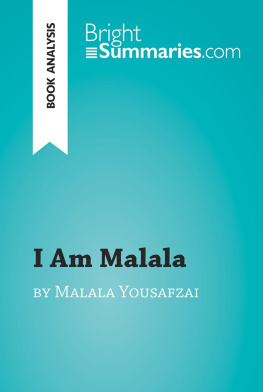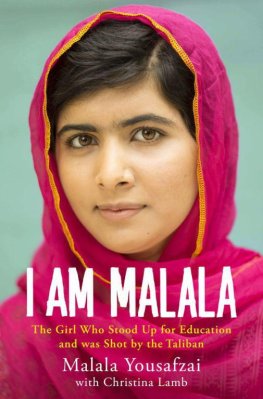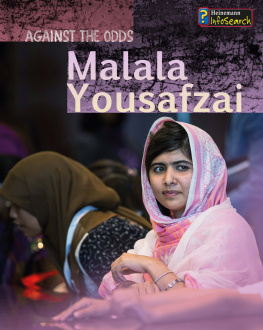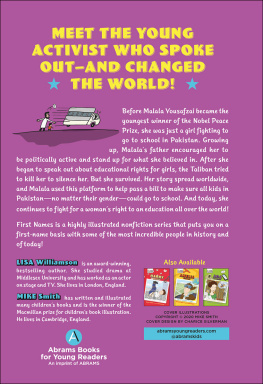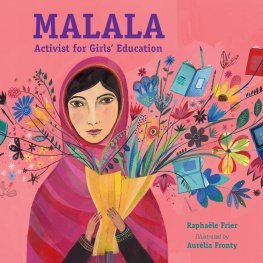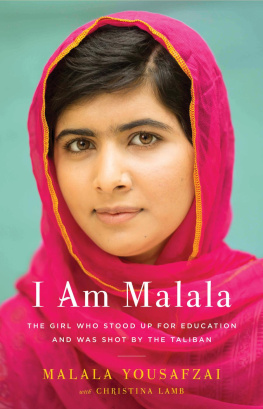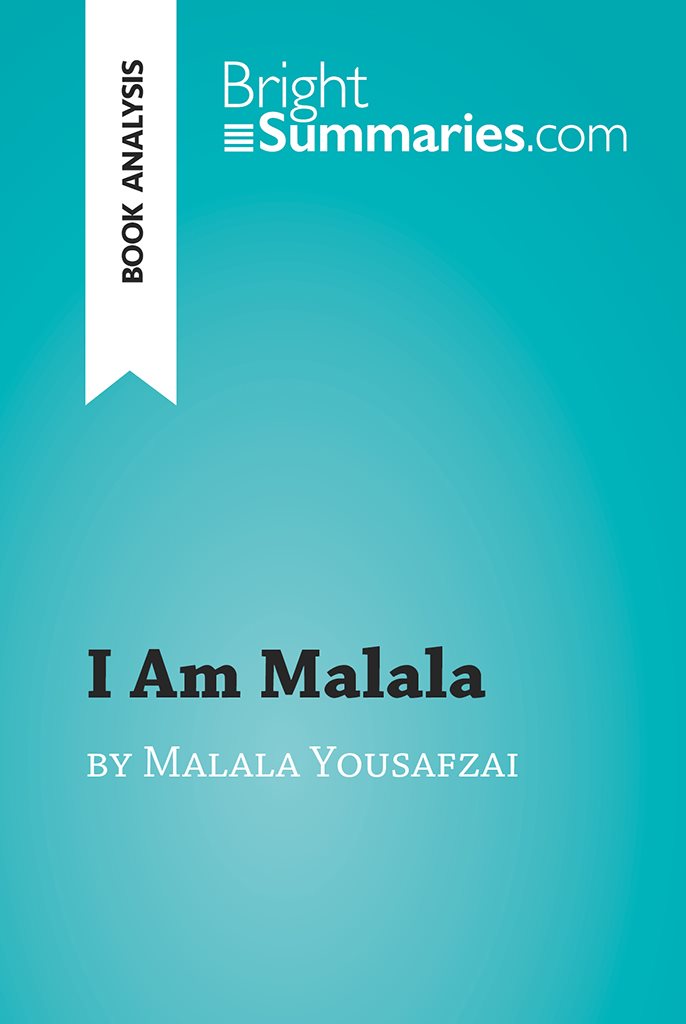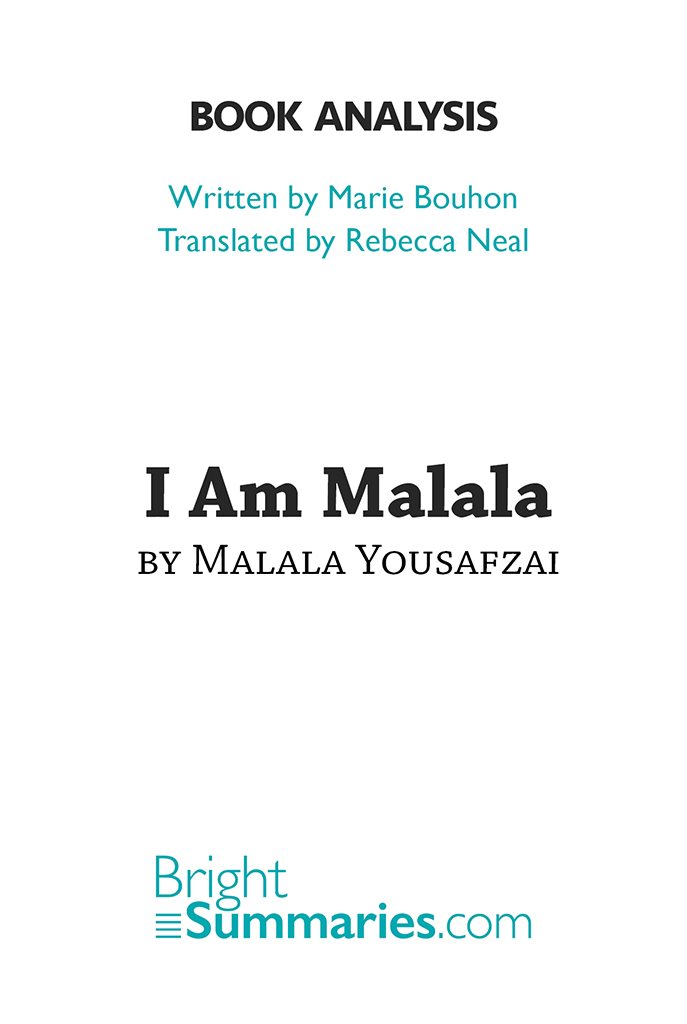Marie Bouhon - I Am Malala by Malala Yousafzai (Book Analysis): Detailed Summary, Analysis and Reading Guide
Here you can read online Marie Bouhon - I Am Malala by Malala Yousafzai (Book Analysis): Detailed Summary, Analysis and Reading Guide full text of the book (entire story) in english for free. Download pdf and epub, get meaning, cover and reviews about this ebook. year: 2016, publisher: BrightSummaries.com, genre: Politics. Description of the work, (preface) as well as reviews are available. Best literature library LitArk.com created for fans of good reading and offers a wide selection of genres:
Romance novel
Science fiction
Adventure
Detective
Science
History
Home and family
Prose
Art
Politics
Computer
Non-fiction
Religion
Business
Children
Humor
Choose a favorite category and find really read worthwhile books. Enjoy immersion in the world of imagination, feel the emotions of the characters or learn something new for yourself, make an fascinating discovery.
- Book:I Am Malala by Malala Yousafzai (Book Analysis): Detailed Summary, Analysis and Reading Guide
- Author:
- Publisher:BrightSummaries.com
- Genre:
- Year:2016
- Rating:5 / 5
- Favourites:Add to favourites
- Your mark:
I Am Malala by Malala Yousafzai (Book Analysis): Detailed Summary, Analysis and Reading Guide: summary, description and annotation
We offer to read an annotation, description, summary or preface (depends on what the author of the book "I Am Malala by Malala Yousafzai (Book Analysis): Detailed Summary, Analysis and Reading Guide" wrote himself). If you haven't found the necessary information about the book — write in the comments, we will try to find it.
This engaging summary presents an analysis of I Am Malala: The Girl Who Stood Up for Education and Was Shot by the Taliban by Malala Yousafzai, winner of the 2014 Nobel Peace Prize. The book tells the story of Malalas childhood, which was marked by the increasing control of the Taliban in Pakistan, and the attempt on her life in 2012 as she travelled home from school. Following this assassination attempt, Malala became known all over the world and continued to campaign for girls education, speaking at the UN General Assembly and setting up her own foundation. The book is a powerful testament to her courage and commitment to working towards education for all. Malala Yousafzai is the youngest ever winner of the Nobel Peace Prize, and was named one of Time magazines 100 most influential people in the world in 2013.
Find out everything you need to know about I Am Malala: The Girl Who Stood Up for Education and Was Shot by the Taliban in a fraction of the time!
This in-depth and informative reading guide brings you:
- A complete plot summary
- Character studies
- Key themes and symbols
- Questions for further reflection
Why choose BrightSummaries.com?
Available in print and digital format, our publications are designed to accompany you in your reading journey. The clear and concise style makes for easy understanding, providing the perfect opportunity to improve your literary knowledge in no time.
See the very best of literature in a whole new light with BrightSummaries.com!
Marie Bouhon: author's other books
Who wrote I Am Malala by Malala Yousafzai (Book Analysis): Detailed Summary, Analysis and Reading Guide? Find out the surname, the name of the author of the book and a list of all author's works by series.

